This wonderful Cornish workshop and museum is dedicated to the legacy of studio pottery trailblazer Bernard Leach
The all new V&A Dundee
The all new V&A Dundee
6 Sep 2018
New V&A Dundee: Collection
The V&A Dundee is a brand new, international centre for design for Scotland. The galleries contain some 300 fascinating pieces of design past and present, all with Scottish connections. Here’s our taster selection
Homage to Chanel
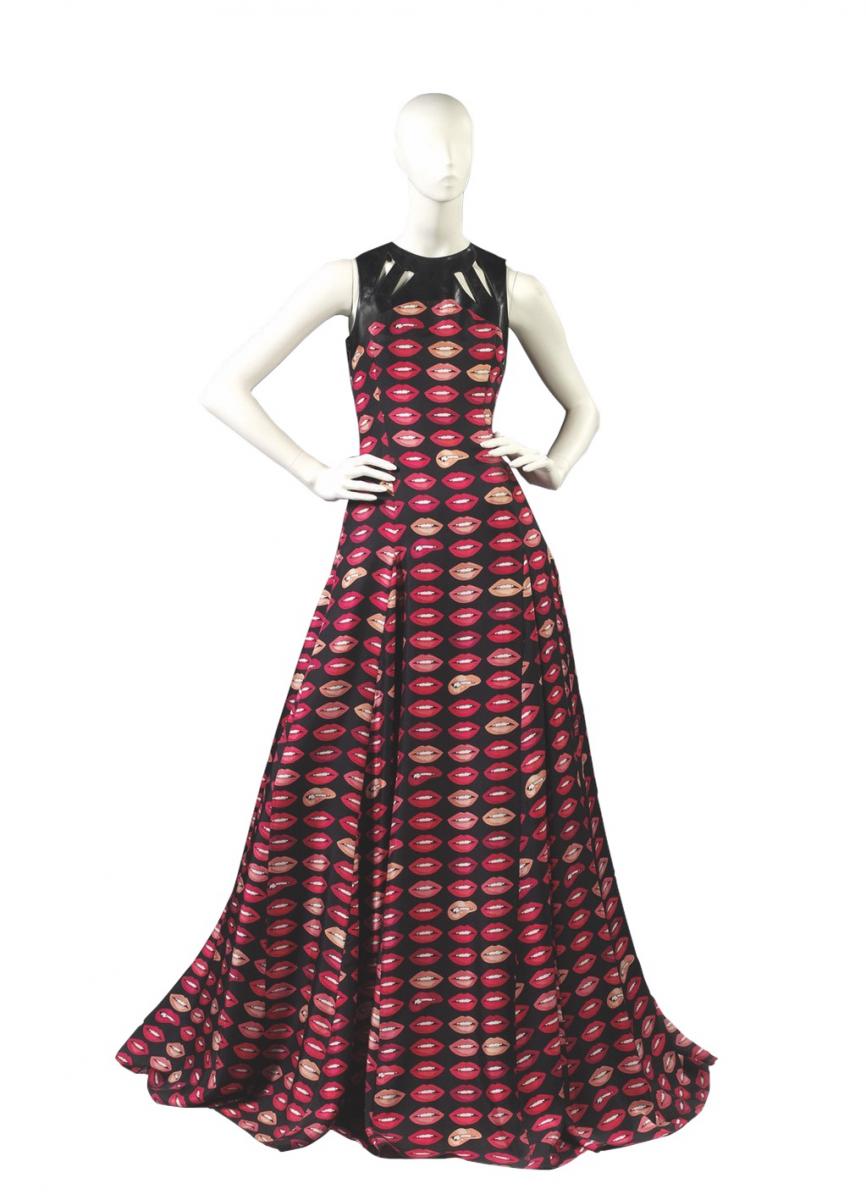
‘Witty, hand-drawn print is core to product output,’ says the studio of award-winning fashion designer Holly Fulton. Born in Edinburgh in 1977, Fulton is a graduate of Edinburgh College of Art and the Royal College of Art. This dress of her design features hundreds of hand-drawn lips, each unique and strategically placed on the surface. The look has been inspired by the love affair between designer Coco Chanel and the Duke of Westminster. It featured in a collection that focused on Scottish fabrics, including tweeds, as well as graphic prints drawn from motifs from 1930s architecture.
Literary Treasure
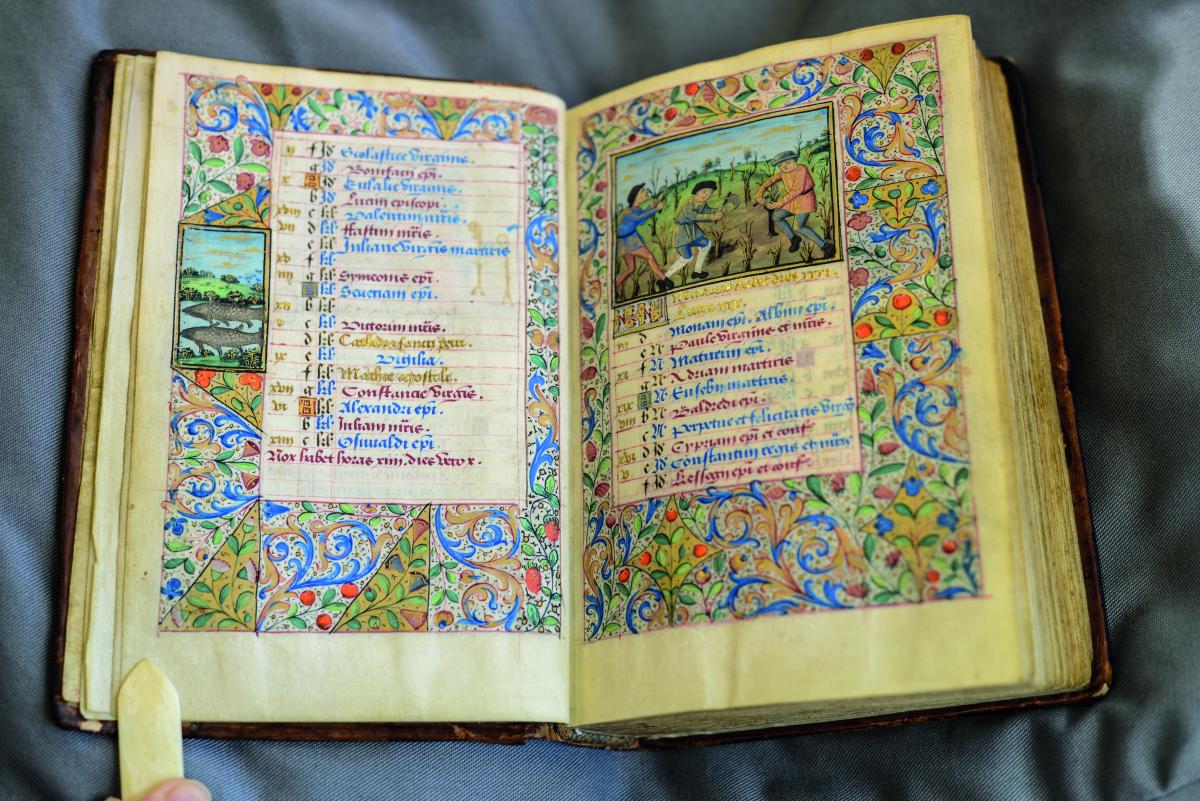
This beautiful book of hours speaks of Scotland’s past alliance with France. Made in around 1480, in Rouen, it is the oldest object in the galleries. Scottish merchants and soldiers were present in France at the time; the King of France even had an elite unit of Scottish soldiers to guard him, known as the Garde Écossaise. It is possible that this book, which includes the feast days of several Scottish saints, including St Monan, was created for someone from Scotland, perhaps one of those royal officers. It was donated to the V&A in 1918.
Taking flight
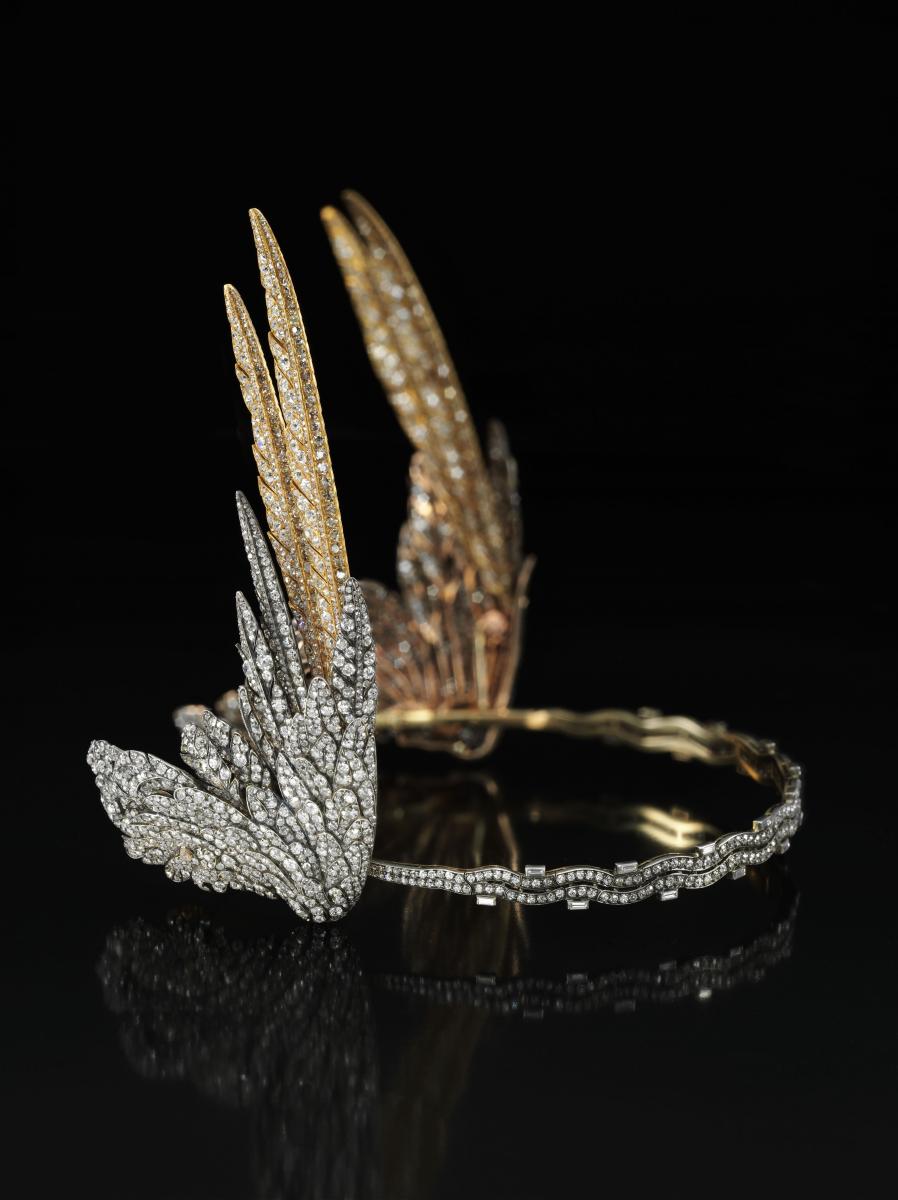
This dazzling diamond-winged tiara references the helmets worn by leading ladies in Wagner’s opera cycle Der Ring des Nibelungen. Known as a Valkyrie tiara, it also alludes to the figures of the same name in Norse mythology. Commissioned in 1935 by the late Mary, Duchess of Roxburghe, it was the last of its type to be made by Cartier. It holds more than 2,500 cushion-shaped, single-cut, circular-cut and rose-cut diamonds, set in a gold and silver frame. The tiara still has its cream leather bespoke case, with the Duchess’s initials tooled on its surface in a Celtic font.
Mackintosh masterpiece
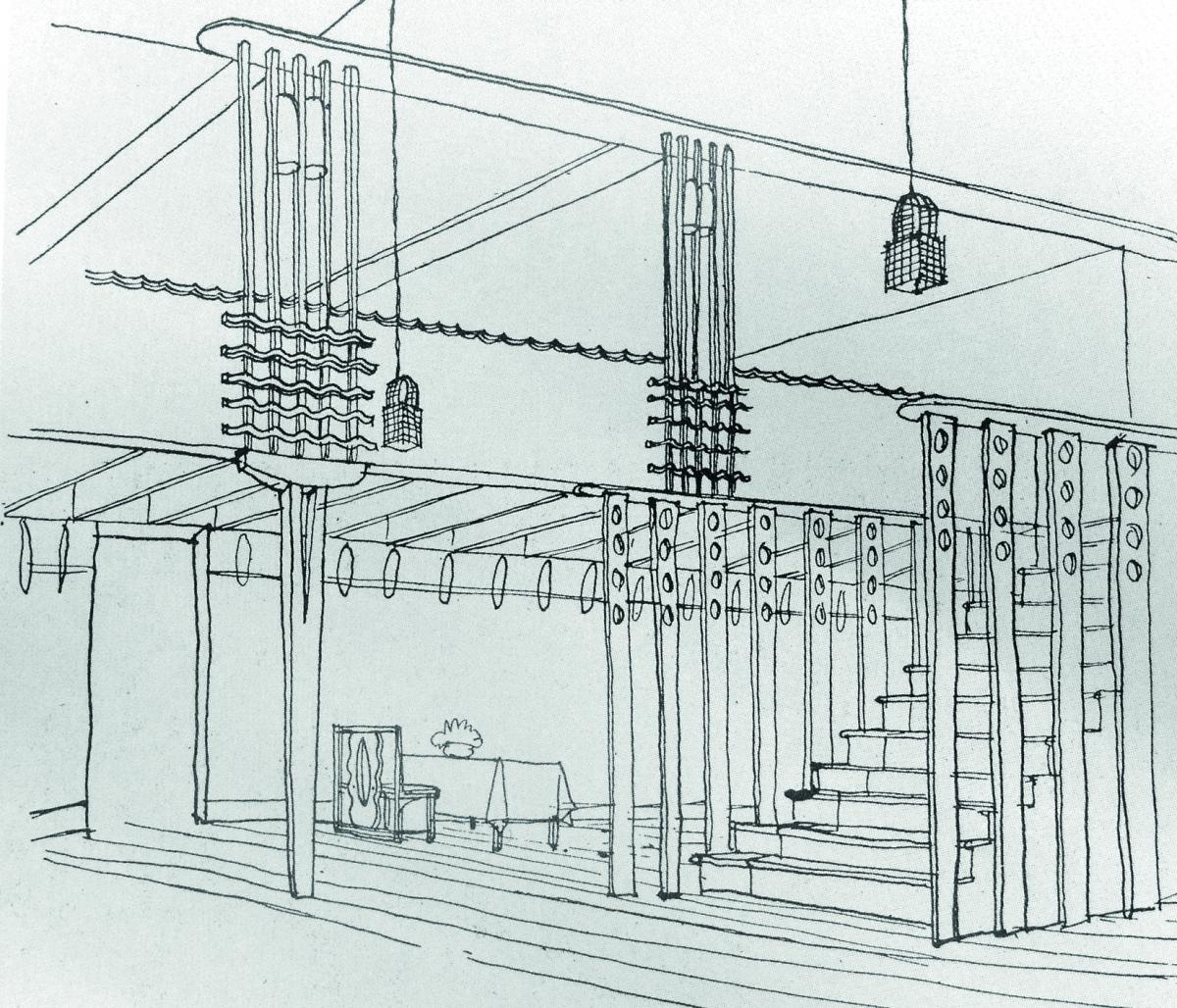
Unseen for 50 years, Charles Rennie Mackintosh’s Oak Room was the first confirmed ‘object’ for the gallery. Salvaged when threatened by development in the 1970s, it had been taken into Glasgow City Council’s museum collections. The interior last functioned as a tea room in the early 1950s and has now been restored, conserved and reconstructed, in partnership with Glasgow Museums. In this year when Mackintosh’s Glasgow School of Art has suffered its second devastating fire, this reconstruction will be of even greater significance for followers of the architect, artist and designer’s work.
Speedy look
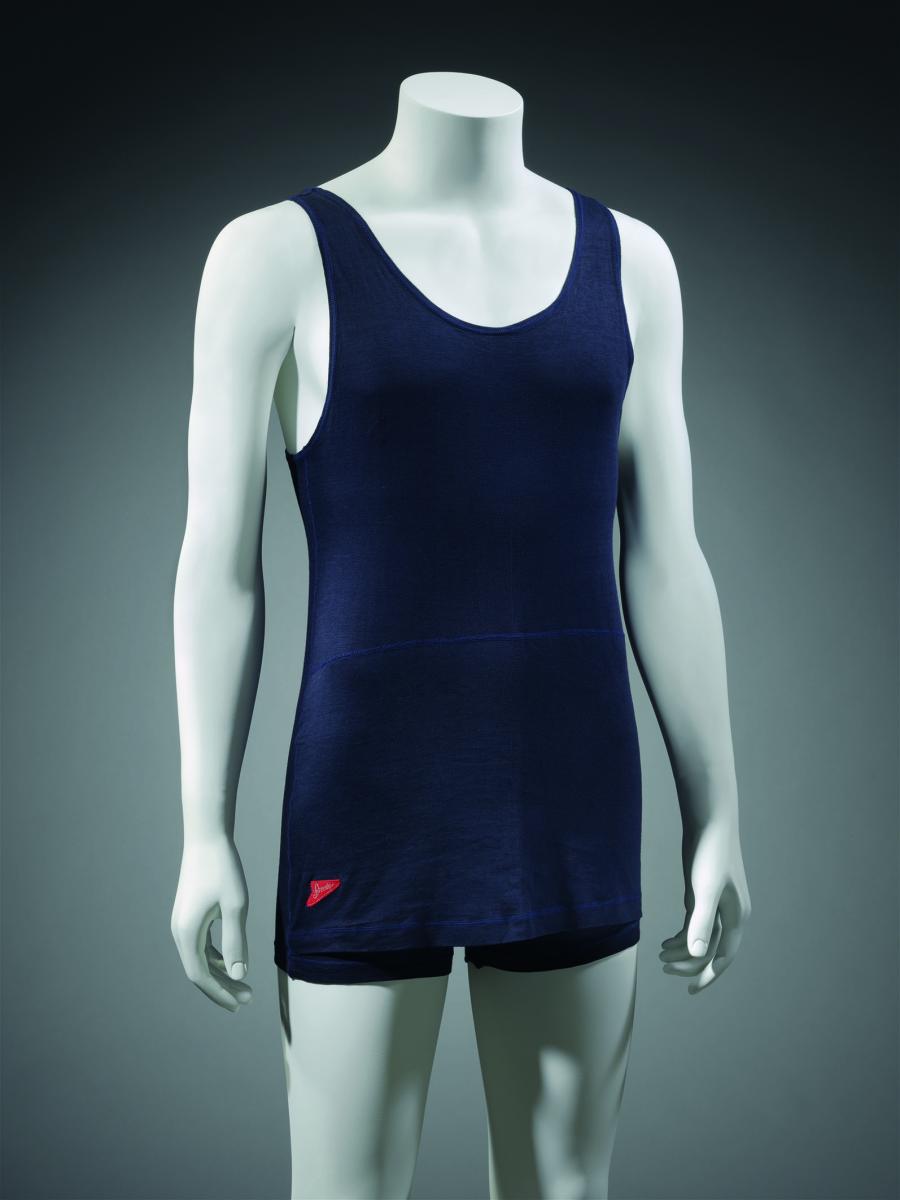
This is the Racerback, one of the first Speedo swimsuits. It caused outrage when it was first displayed in the 1920s, being banned from some beaches for its tight-fitting, revealing – yet happily hydrodynamic – design. The man behind the Australian company, Speedo, that created this costume was Scottish immigrant Alexander MacRae. Born in 1888 near Loch Kishorn, he moved to Sydney
in 1910 and set up a hosiery company that supplied the Australian army with socks in World War I. Abandoning wool for silk or cotton, and dispensing with the modesty of sleeves, this costume revolutionised swimwear design.
Going Forth
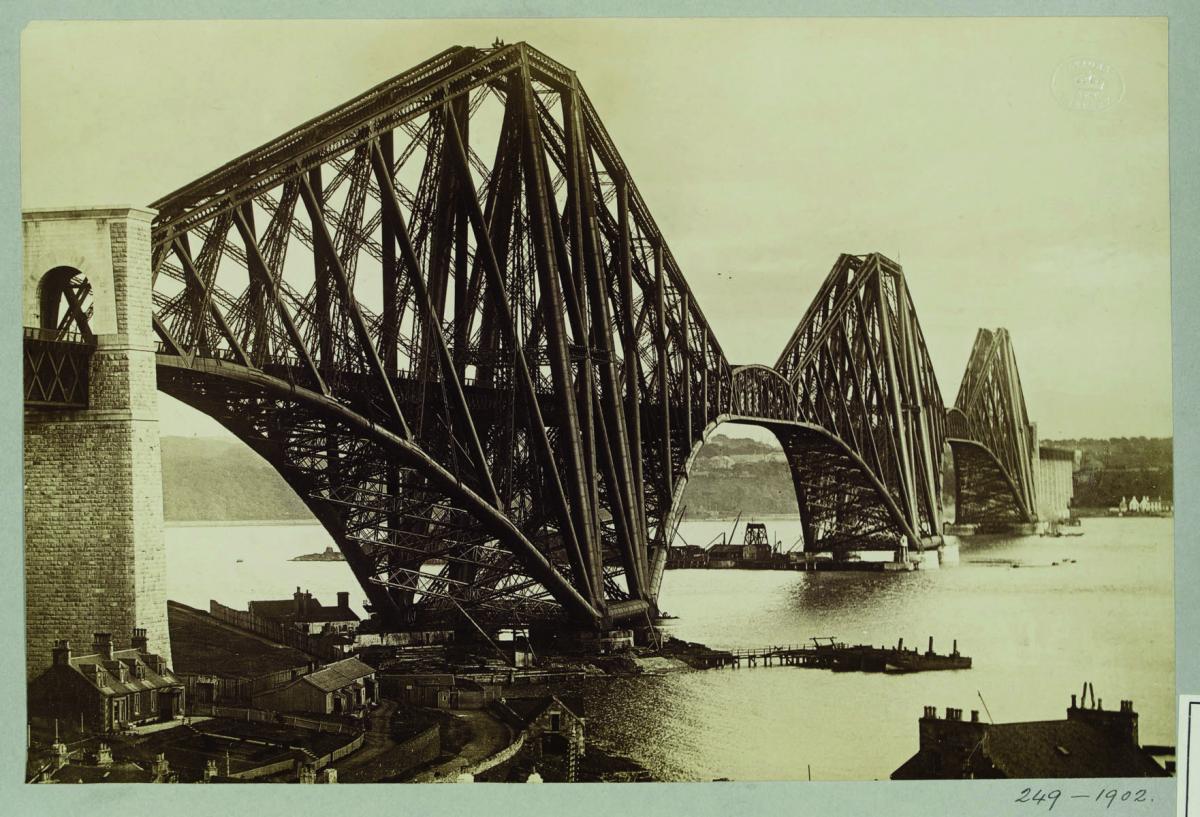
Shortly after the mighty Forth Bridge was completed in 1889, an unknown Victorian photographer captured this spectacular image on camera. A feat of design, the bridge was the first major structure in Britain to be built of steel. Measuring 8,000ft (2.4km) from shore to shore, the structure weighed 50,000 tons, required 6.5 million rivets and, at peak of construction, employed 4,600 men. The bridge fast became an iconic Scottish sight and its impact on travel was far felt: in time it reduced the journey from London to Aberdeen from 17.5 hours to 8.5 hours.
A touch of menace
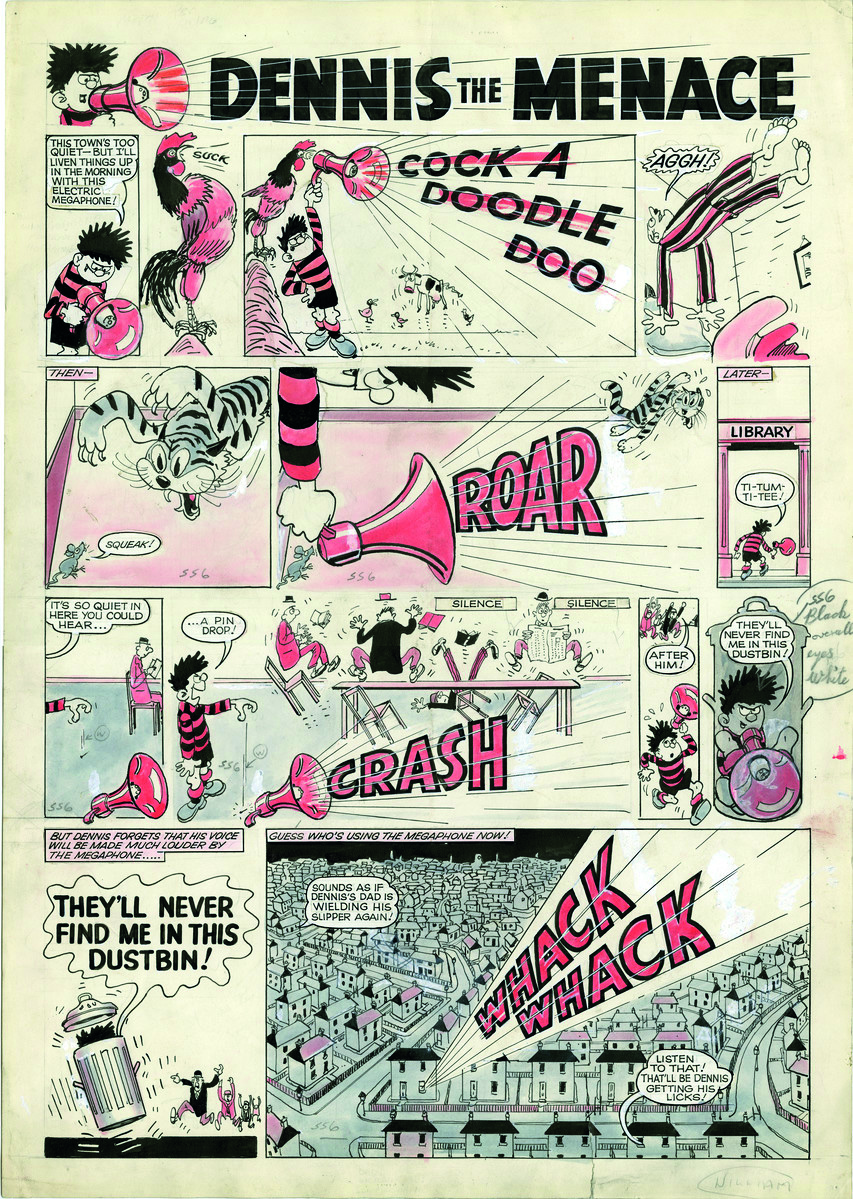
The Beano was first published in 1938 by DC Thomson, Scotland’s best-known comics publisher, in Dundee. This artwork for the Dennis the Menace comic strip was created by Edinburgh-born illustrator David Law. It was published on 30 April 1960. Law pioneered this sketchy form of comic illustration, notably using sound effects such as ‘roar’ and ‘crash’ to create a sense of lively mayhem. The piece is hand-coloured, with the separately made speech bubbles glued on. It still retains its pencil annotations with instructions for printing.
The V&A Dundee opens on 15 September. Find out more at vandadundee.org
Images courtesy V&A Dundee
About the Author
The Arts Society
JOIN OUR MAILING LIST
Become an instant expert!
Find out more about the arts by becoming a Supporter of The Arts Society.
For just £20 a year you will receive invitations to exclusive member events and courses, special offers and concessions, our regular newsletter and our beautiful arts magazine, full of news, views, events and artist profiles.
FIND YOUR NEAREST SOCIETY
MORE FEATURES
Ever wanted to write a crime novel? As Britain’s annual crime writing festival opens, we uncover some top leads
It’s just 10 days until the Summer Olympic Games open in Paris. To mark the moment, Simon Inglis reveals how art and design play a key part in this, the world’s most spectacular multi-sport competition


